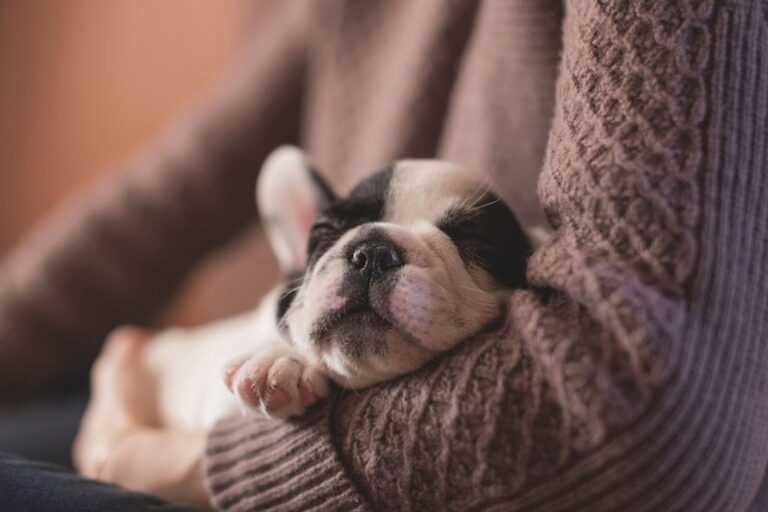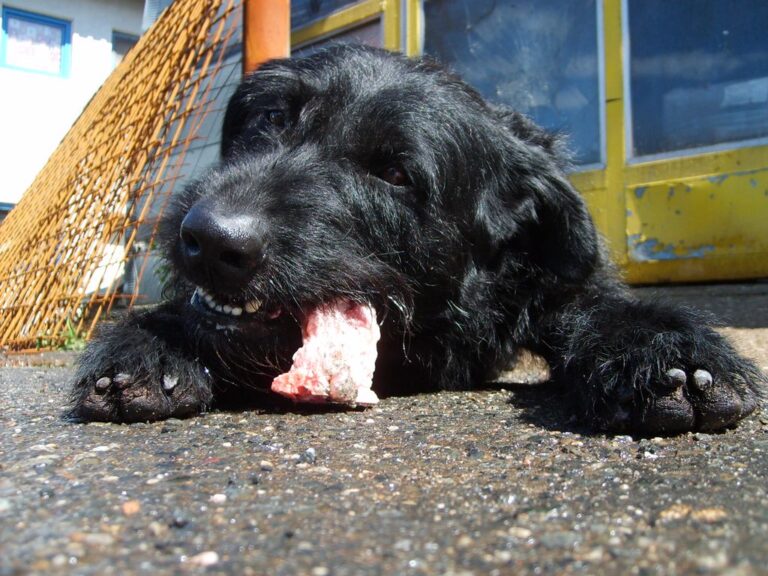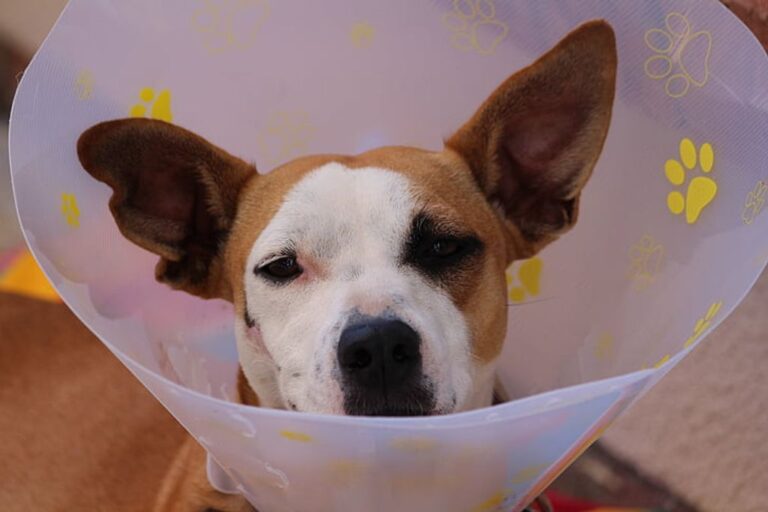Preparing Your Home for a New Puppy or Dog
Preparing your home for a new puppy or dog is an exciting and important step in becoming a pet owner. It involves creating a safe and comfortable environment for your furry friend, as well as providing them with the necessary supplies and training. In this article, we will guide you through the process of preparing your home for a new dog, covering topics such as choosing the right dog for your home, essential supplies, feeding and hygiene, training and socialization, and exercise and playtime.
Key Takeaways
- Choose a dog that is compatible with your home and lifestyle.
- Prepare your home by removing hazards and providing necessary supplies.
- Create a safe space for your dog to retreat to when needed.
- Stock up on essential supplies such as food, water, and bedding.
- Establish a feeding routine and maintain good hygiene for your dog.
Getting Ready for Your New Furry Friend

Choosing the Right Dog for Your Home
When it comes to choosing a new furry friend, there are so many options out there. From small lap dogs to energetic working breeds, finding the perfect match for your home is important. We want to make sure that our new addition fits in well with our lifestyle and living situation. It’s also essential to consider the size, energy level, and temperament of the dog. Dogs in the United States come in all shapes and sizes, so it’s crucial to do your research and find the best fit for your family.
Preparing Your Home for a Dog
When preparing your home for a new dog, there are a few things to consider. First, you’ll want to make sure your home is dog-proofed. This means removing any hazardous items or substances that could be harmful to your furry friend. It’s also a good idea to secure any loose wires or cords that your dog could potentially chew on.
Next, you’ll want to create a comfortable space for your dog. This could be a designated area in your home where your dog can relax and feel safe. You can set up a cozy bed and provide some toys and blankets to make it extra inviting.
Lastly, it’s important to establish some ground rules for your dog. This includes setting boundaries and deciding which areas of your home are off-limits. Consistency is key when it comes to training, so make sure everyone in your household is on the same page.
Remember, preparing your home for a dog is an exciting and important step in welcoming your new furry family member!
Creating a Safe Space for Your Dog
When it comes to creating a safe space for our new furry friend, safety is our top priority. We want to make sure that our dog feels comfortable and secure in their own space. Here are a few tips to help you create a safe environment for your dog:
-
Choose a designated area: Set aside a specific area in your home where your dog can retreat to when they need some alone time or when they feel anxious. This could be a cozy corner in the living room or a quiet room with their bed and toys.
-
Remove hazards: Take a look around the designated area and remove any potential hazards that could harm your dog. This includes small objects that they could swallow, toxic plants, and any electrical cords that they could chew on.
-
Provide comfort: Make sure your dog’s safe space is comfortable and inviting. Add a soft bed or blanket for them to relax on, and consider using a pheromone spray or diffuser to help create a calming atmosphere.
Tip: It’s important to remember that a safe space is not just limited to indoors. If you have a backyard, make sure it’s securely fenced and free from any dangerous plants or substances.
Essential Supplies for Your New Pup
After you have gathered all the essential supplies for your new pup, it’s time to set up their living space. Creating a comfortable and safe environment is crucial for your furry friend’s well-being. Start by finding a suitable location in your home where your dog can have their own space. This could be a corner in your living room or a dedicated room if you have the space. Make sure to place their food and water dishes in an easily accessible area. Dogs need to have access to fresh water at all times, so make sure to refill their water bowl regularly. It’s also important to choose the right type of dishes for your dog. Opt for sturdy, non-slip bowls that are easy to clean. Avoid using plastic bowls as they can harbor bacteria and cause allergies. Stainless steel or ceramic bowls are a better option as they are durable and hygienic.
Feeding and Hygiene

Feeding Your Dog: What You Need to Know
When it comes to feeding your dog, there are a few important things to keep in mind. First and foremost, nutrition is key. It’s essential to provide your furry friend with a balanced and nutritious diet to support their overall health and well-being. Quality dog food that is specifically formulated for their age, size, and breed is the best choice. Additionally, it’s important to establish a regular feeding routine to help maintain their digestive system and prevent any potential issues. This means feeding them at the same time every day and avoiding free-feeding or leaving food out all day.
Establishing a Feeding Routine
When it comes to feeding our furry friends, we believe in establishing a routine that works for everyone. Consistency is key, so make sure to feed your dog at the same time every day. This will help regulate their digestion and prevent any tummy troubles. Portion control is also important to maintain a healthy weight for your dog. Use a measuring cup to ensure you’re giving them the right amount of food. And don’t forget about recycling and rubbish! Dispose of any leftover food or packaging responsibly.
Grooming Tips for a Happy and Healthy Dog
When it comes to grooming your dog, there are a few key things to keep in mind. First and foremost, regular grooming is essential for maintaining a happy and healthy pup. This includes brushing their coat to prevent matting and tangles, trimming their nails to keep them at a comfortable length, and cleaning their ears to prevent infections. Additionally, it’s important to use dog-friendly grooming products that are gentle on their skin and coat.
Another important aspect of grooming is bathing your dog. While some dogs may need more frequent baths than others, it’s generally recommended to bathe your dog every 4-6 weeks. Use a mild dog shampoo that is specifically formulated for their skin type and avoid getting water in their ears or eyes.
In addition to regular grooming, it’s also important to check your dog’s teeth and gums regularly. Dental hygiene is crucial for their overall health, so consider brushing their teeth regularly and providing them with dental chews or toys to help keep their teeth clean and strong.
Keeping Your Dog’s Teeth Clean
When it comes to dental hygiene, keeping your dog’s teeth clean is essential for their overall health. Regular brushing and dental care can help prevent dental issues such as plaque buildup, gum disease, and bad breath. It’s important to start a dental care routine early on to get your dog used to the process. Here are some tips to help you keep your dog’s teeth clean:
- Brush their teeth regularly: Use a dog-specific toothbrush and toothpaste to brush your dog’s teeth at least a few times a week. This will help remove plaque and prevent tartar buildup.
- Provide dental chews and toys: Chewing on dental chews and toys can help remove plaque and tartar from your dog’s teeth. Look for products that are specifically designed to promote dental health.
- Schedule regular dental check-ups: Just like humans, dogs need regular dental check-ups. Your veterinarian can examine your dog’s teeth and gums and provide professional cleaning if necessary.
Training and Socialization

Basic Training Commands Every Dog Should Know
When it comes to dog training, there are a few tips that can make the process easier and more effective. First, it’s important to be consistent with your commands and rewards. Dogs thrive on routine, so using the same words and gestures will help them understand what you want. Second, keep training sessions short and frequent. Dogs have short attention spans, so it’s better to have multiple short sessions throughout the day rather than one long session. Third, use positive reinforcement. Reward your dog with treats, praise, and affection when they perform the desired behavior. This will motivate them to repeat the behavior in the future. Finally, be patient and persistent. Training takes time and effort, but with consistency and positive reinforcement, your dog will learn the basic commands and become a well-behaved member of your family.
House Training Your New Puppy
House training a new puppy can be a challenging task, but with patience and consistency, it can be successfully accomplished. Understanding dog body language is crucial during this process. Dogs communicate through their body language, and being able to interpret their signals can help you anticipate when they need to go outside. Some common signs include sniffing the ground, circling, or whining. By paying attention to these cues, you can quickly take your puppy outside to their designated potty area.
Socializing Your Dog with Other Pets and People
When it comes to welcoming a new puppy into your home, socialization is key. It’s important to expose your furry friend to a variety of experiences, including interactions with other pets and people. This helps them develop good behavior and become well-adjusted members of your family. Here are some tips to help you socialize your dog:
Dealing with Behavioral Issues
When it comes to dealing with behavioral issues, we’ve been there. It can be frustrating and overwhelming, but with patience and consistency, you can help your furry friend become a well-behaved member of the family. One common issue that many dog owners face is pulling on the leash during walks. This can be not only annoying but also dangerous. That’s why we recommend using the Freedom No Pull Harness. This harness is designed to discourage pulling and provide better control over your dog. It’s a game-changer for walks!
Exercise and Playtime

The Importance of Exercise for Dogs
Exercise is essential for dogs as it helps them maintain a healthy weight, releases pent-up energy, and promotes overall well-being. Regular exercise also helps prevent behavioral problems and keeps dogs mentally stimulated. It is important to establish a puppy routine that includes daily exercise to ensure your furry friend stays happy and healthy.
Creating a Fun and Engaging Exercise Routine
When it comes to exercise, we believe in making it fun and engaging for both us and our furry friends. We understand the importance of keeping our dogs active and healthy, while also providing them with mental stimulation. One way we do this is by incorporating interactive toys into our exercise routine. These toys not only keep our dogs entertained, but they also help to strengthen their problem-solving skills. We love watching our pups figure out how to get the treats out of a puzzle toy or chase after a ball that dispenses treats. It’s a win-win situation!
Interactive Toys for Mental Stimulation
When it comes to keeping our furry friends mentally stimulated, interactive toys are a great way to engage their minds and prevent boredom. These toys provide a fun and challenging experience that can help keep your dog entertained for hours.
One popular type of interactive toy is a puzzle toy. These toys often have hidden compartments or treat-dispensing features that require your dog to figure out how to access the treats. This not only provides mental stimulation but also encourages problem-solving skills.
Another option is a treat-dispensing ball. These balls have a small opening where you can insert treats, and as your dog rolls the ball around, treats will be dispensed. This not only keeps your dog entertained but also provides physical exercise as they chase after the ball.
If you’re looking for a more interactive playtime experience, consider interactive plush toys. These toys often make sounds or have moving parts that can keep your dog engaged and entertained.
Remember, it’s important to supervise your dog while they play with interactive toys to ensure their safety. Always choose toys that are appropriate for your dog’s size and chewing habits, and regularly inspect them for any signs of damage.
Fun Games to Play with Your Dog
When it comes to spending quality time with our furry friends, playing games is always a great option. Not only does it provide physical exercise, but it also helps strengthen the bond between us and our dogs. Fetch is a classic game that never gets old. All you need is a ball or a toy, and you’re ready to go. Throw the ball and watch your dog chase after it with excitement. It’s a simple yet effective way to keep them active and entertained.
Another fun game to try is hide and seek. This game not only stimulates your dog’s mind but also helps improve their problem-solving skills. Hide treats or toys around the house and encourage your dog to find them. It’s a great way to keep them mentally stimulated and engaged.
If your dog loves to use their nose, scent games are perfect for them. Hide treats or toys in different areas of your home and let your dog use their sense of smell to find them. It’s a fun and challenging game that taps into their natural instincts.
Remember, the most important thing is to have fun and enjoy the time you spend with your dog. Tailor the games to their preferences and abilities. Whether it’s a game of fetch, hide and seek, or scent games, playing together will create lasting memories and strengthen your bond.
In Conclusion
Preparing your home for a new puppy or dog can be an exciting and rewarding experience. By following these tips and guidelines, you can ensure that your furry friend feels safe, comfortable, and loved in their new environment. Remember to choose the right dog for your home, prepare your home for their arrival, create a safe space for them, and gather all the essential supplies they will need. Additionally, establish a feeding routine, maintain their hygiene with regular grooming, and keep their teeth clean. Training and socialization are also important aspects to consider, as well as providing them with plenty of exercise and playtime. With patience, love, and dedication, you can create a happy and healthy life for your new dog. Enjoy the journey!
Frequently Asked Questions
How do I choose the right dog for my home?
When choosing a dog for your home, consider factors such as size, energy level, and compatibility with your lifestyle and living situation. Research different breeds and their characteristics to find a dog that matches your needs.
What should I do to prepare my home for a dog?
Preparing your home for a dog involves creating a safe and comfortable space for them. This includes securing any hazardous items, setting up a designated area for them to sleep and eat, and removing any valuable or fragile items that could be damaged.
How can I create a safe space for my dog?
To create a safe space for your dog, designate a specific area in your home where they can retreat to when they need some alone time. Make sure this space is comfortable, quiet, and free from any potential dangers or distractions.
What essential supplies do I need for my new puppy?
Some essential supplies for a new puppy include a collar and leash, food and water bowls, a comfortable bed, toys for mental stimulation, and grooming supplies such as a brush and shampoo.
How often should I feed my dog?
The frequency of feeding depends on the age and size of your dog. Puppies usually require more frequent meals, while adult dogs can be fed once or twice a day. Consult with your veterinarian to determine the appropriate feeding schedule for your dog.
How do I house train my new puppy?
House training a puppy involves establishing a consistent routine, taking them outside frequently to eliminate, and rewarding them for going in the appropriate spot. It requires patience, consistency, and positive reinforcement.






